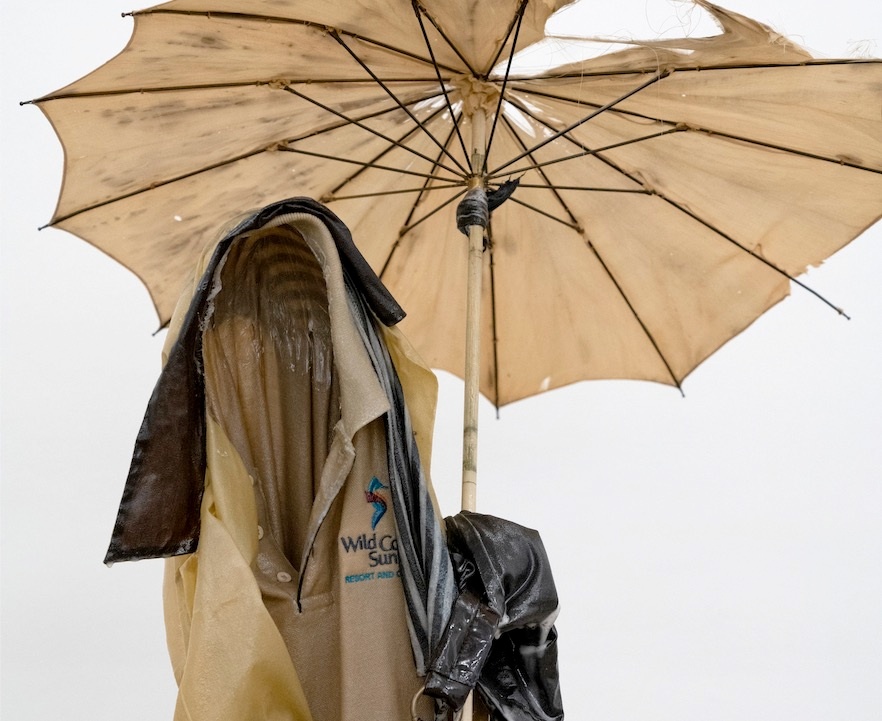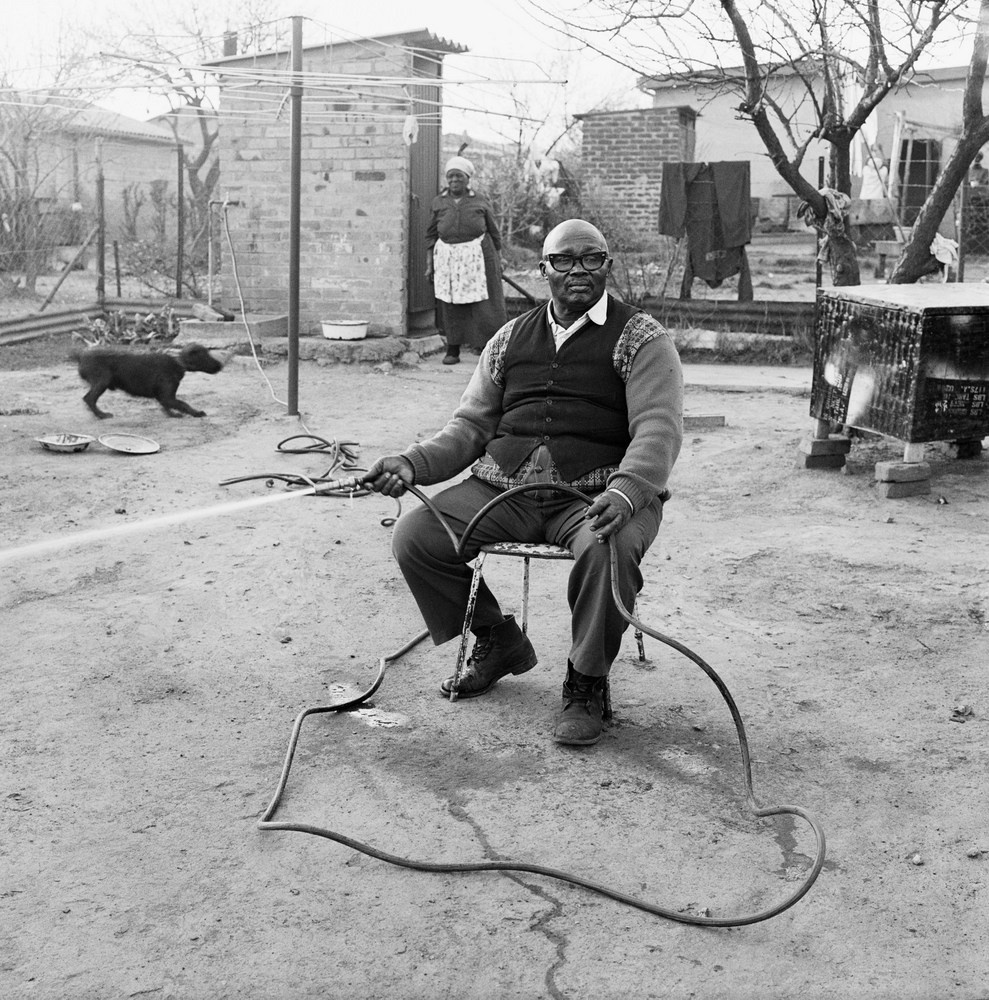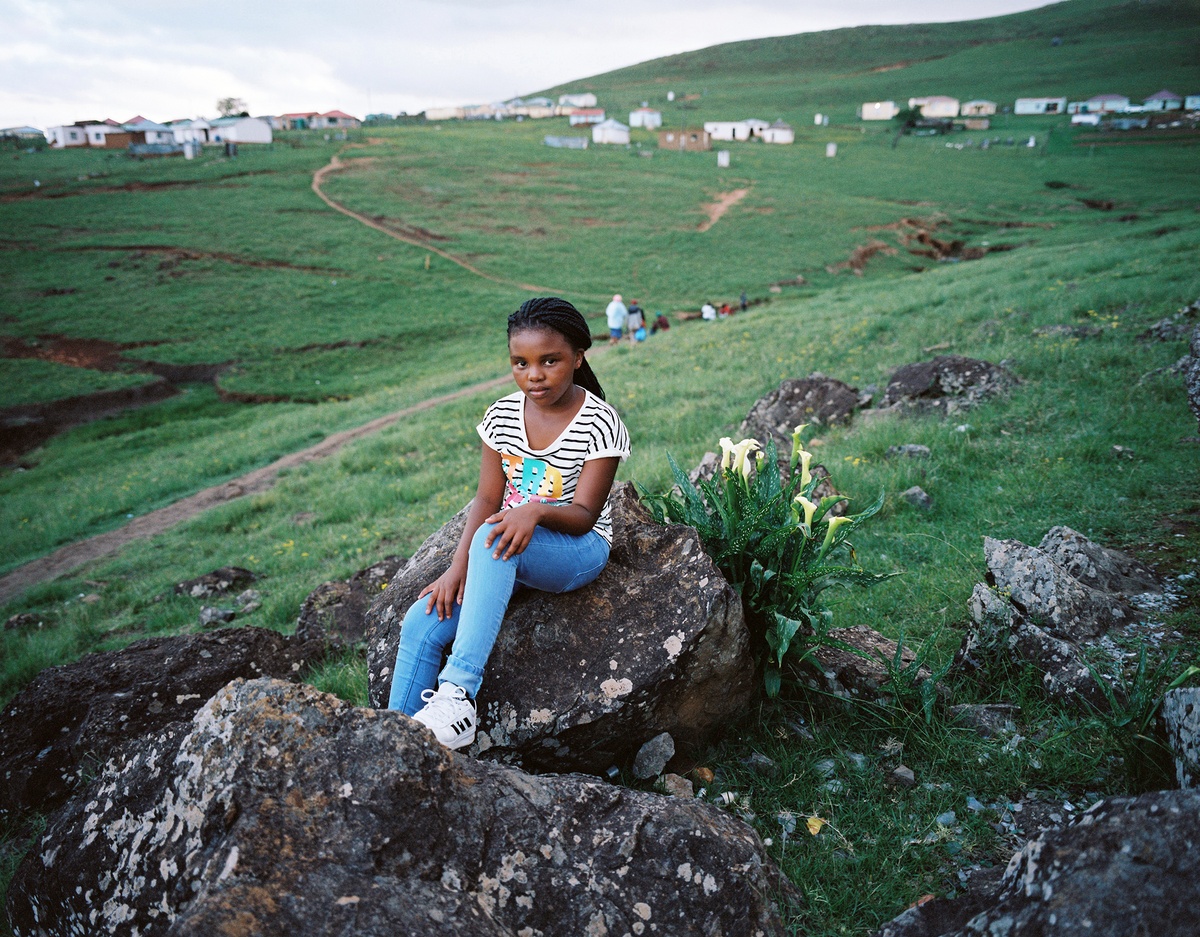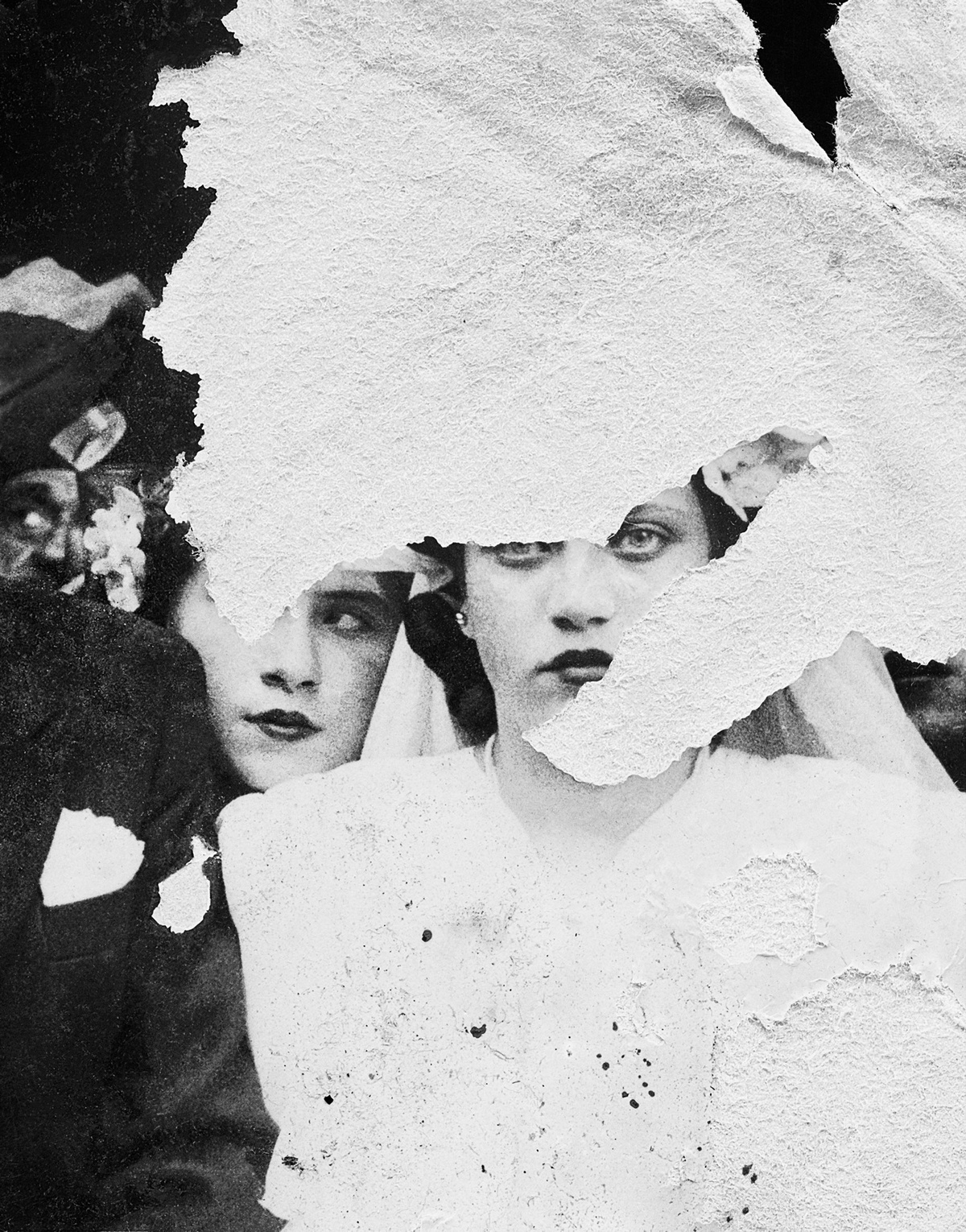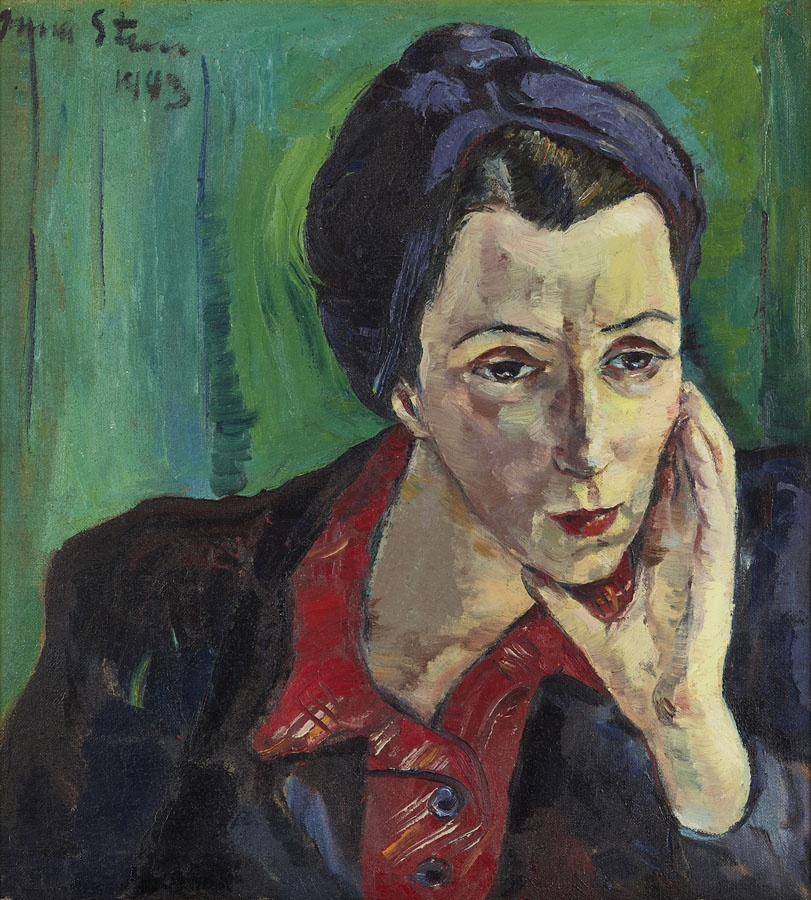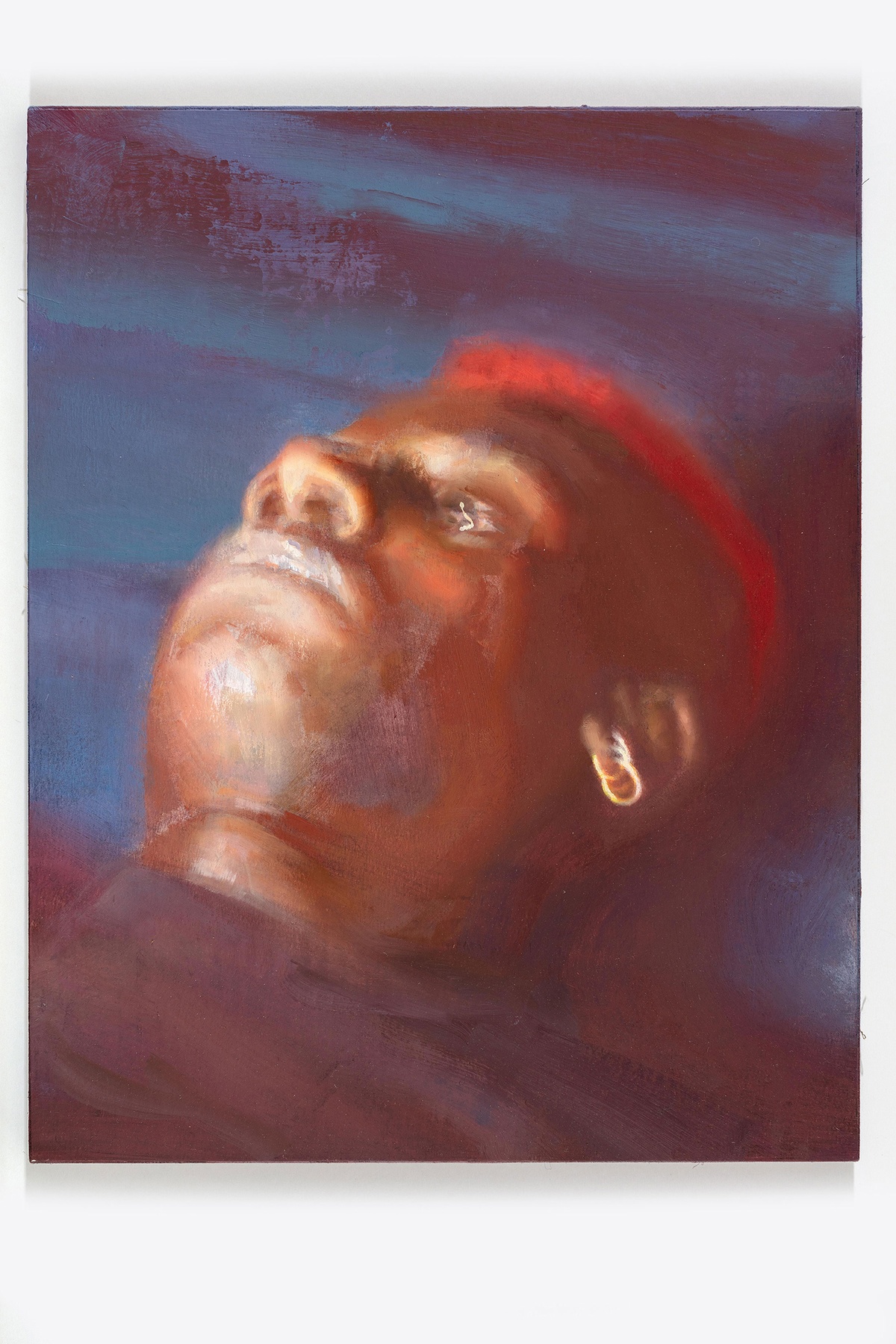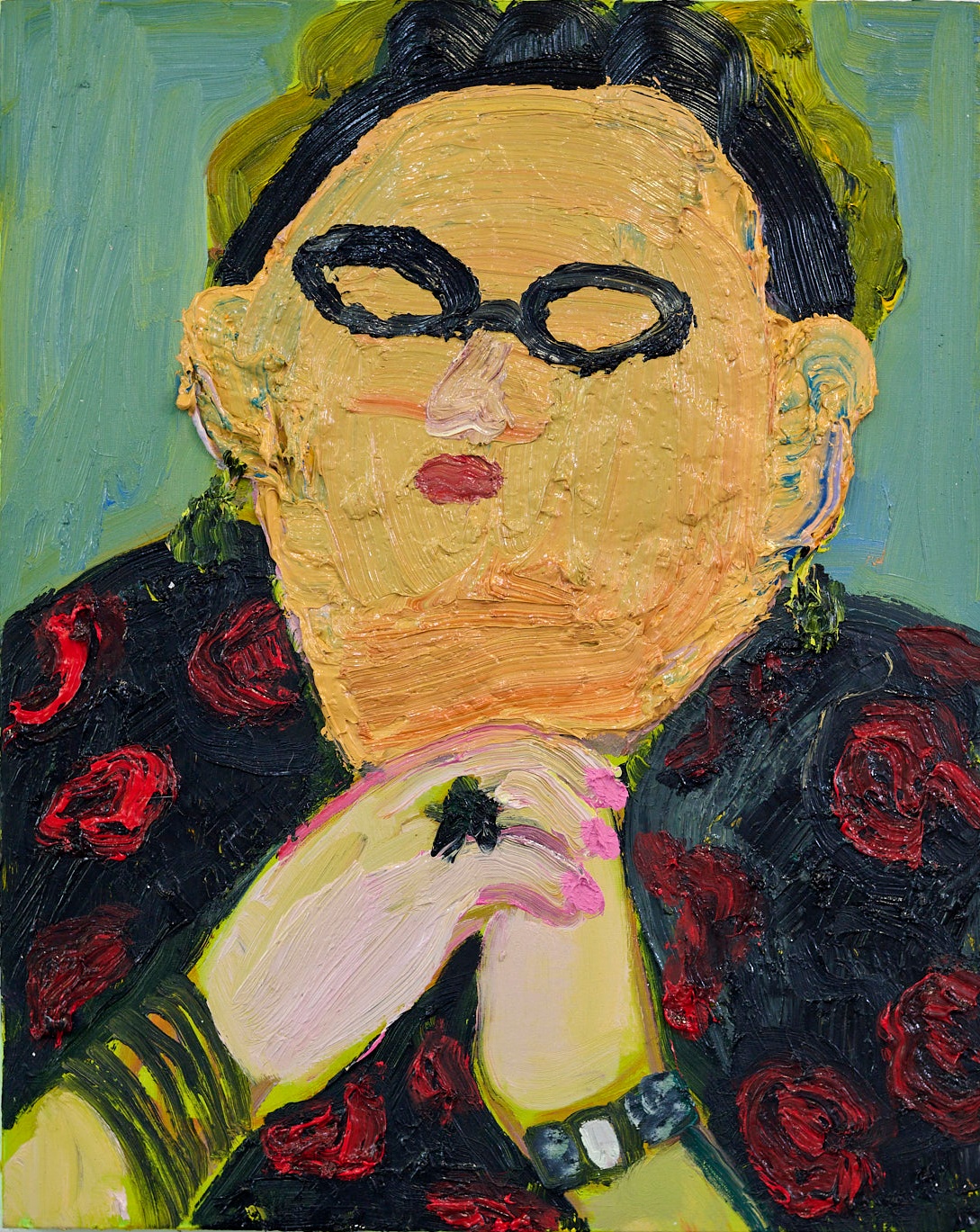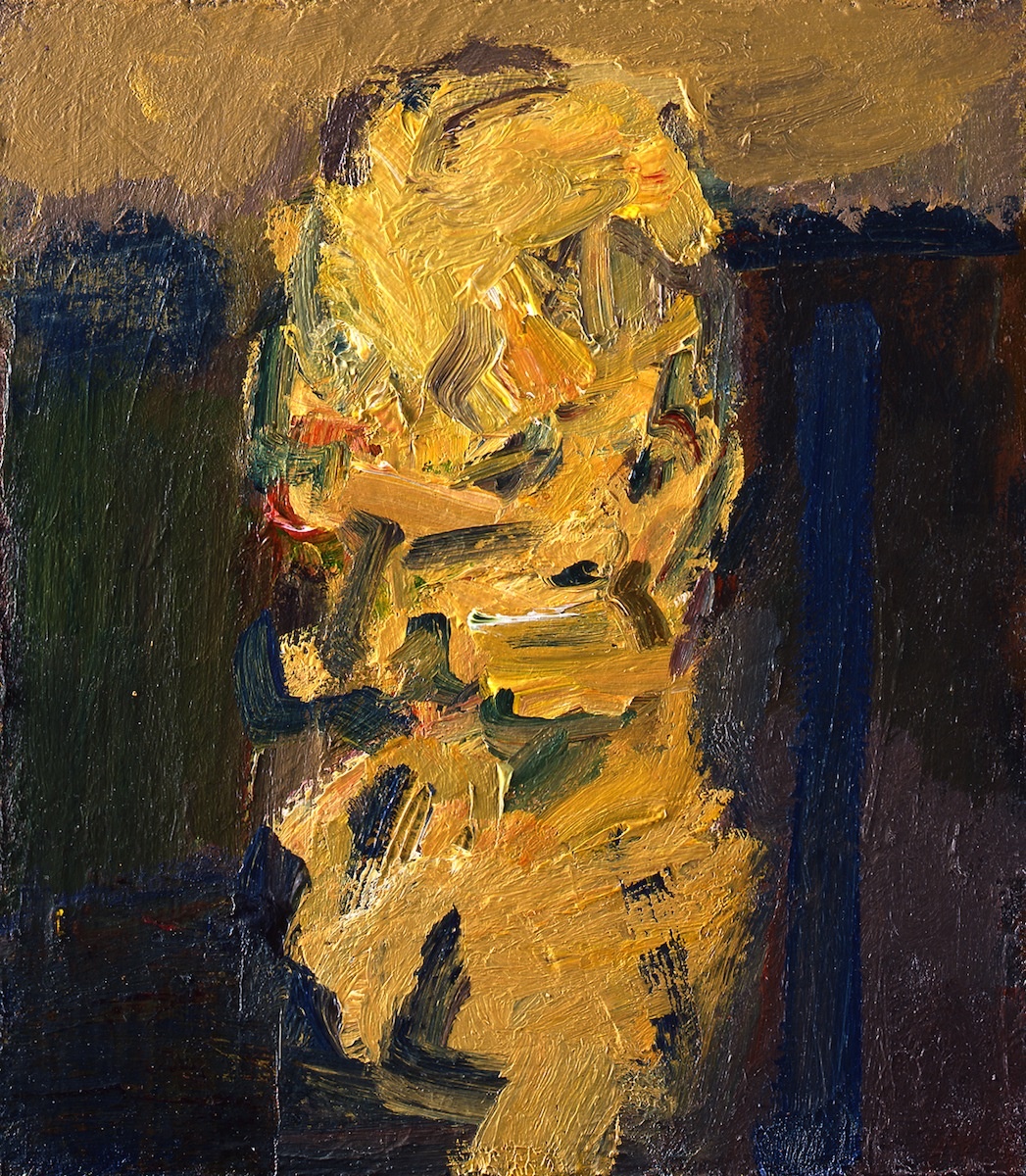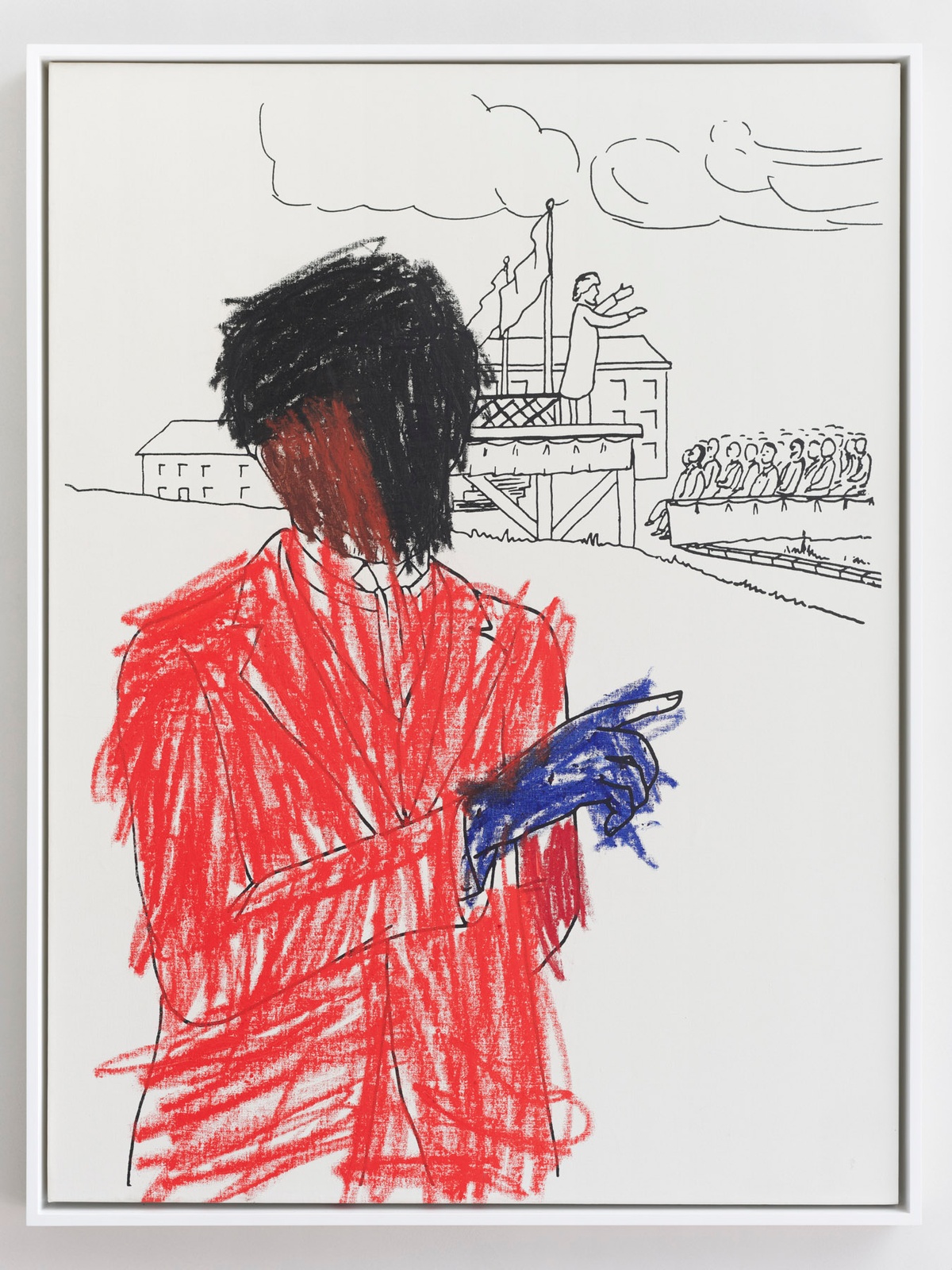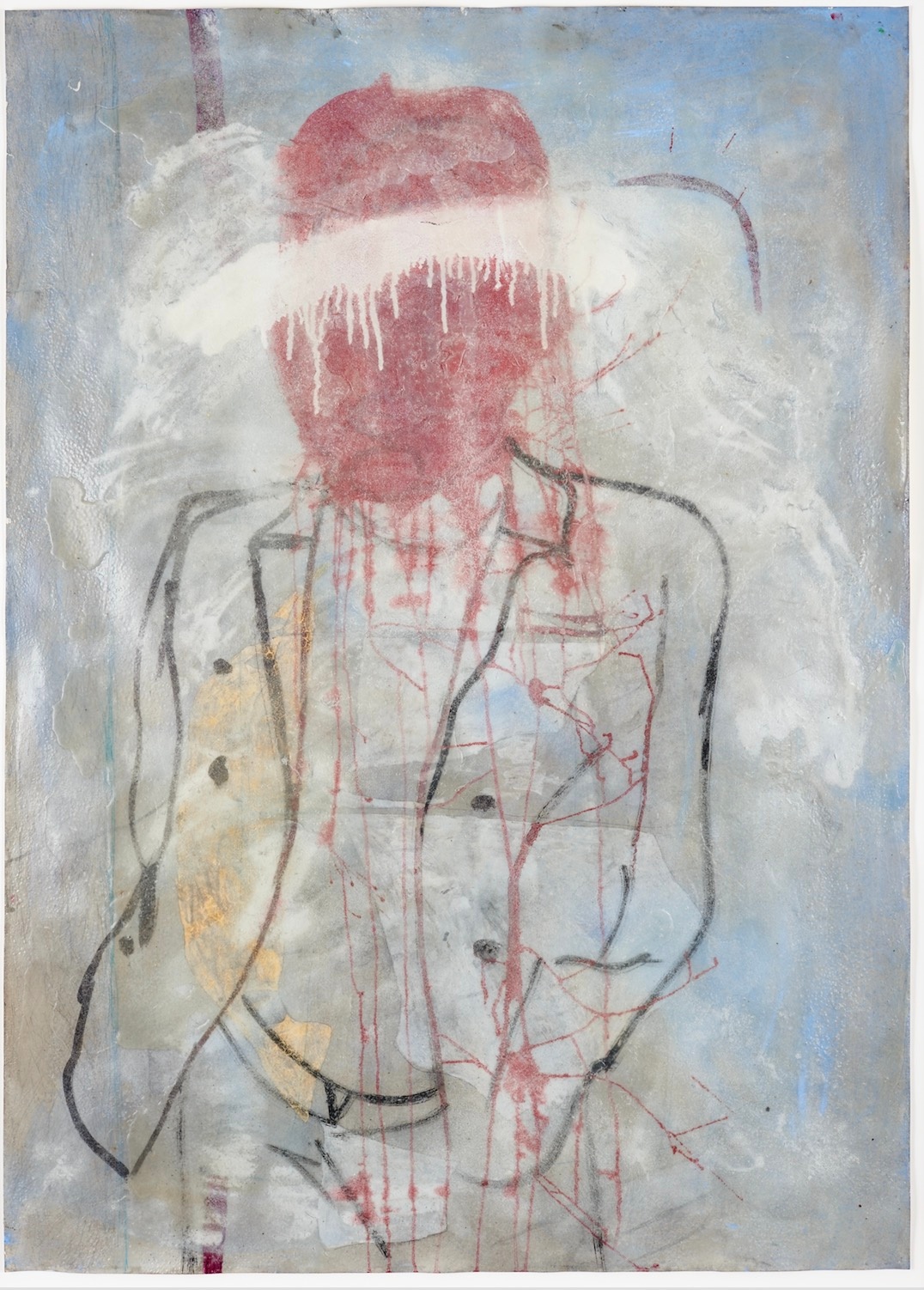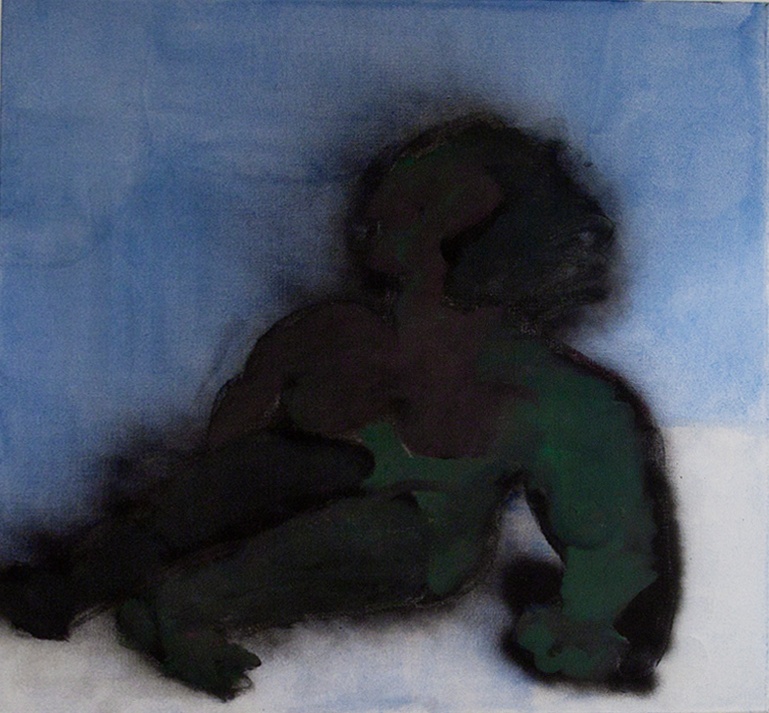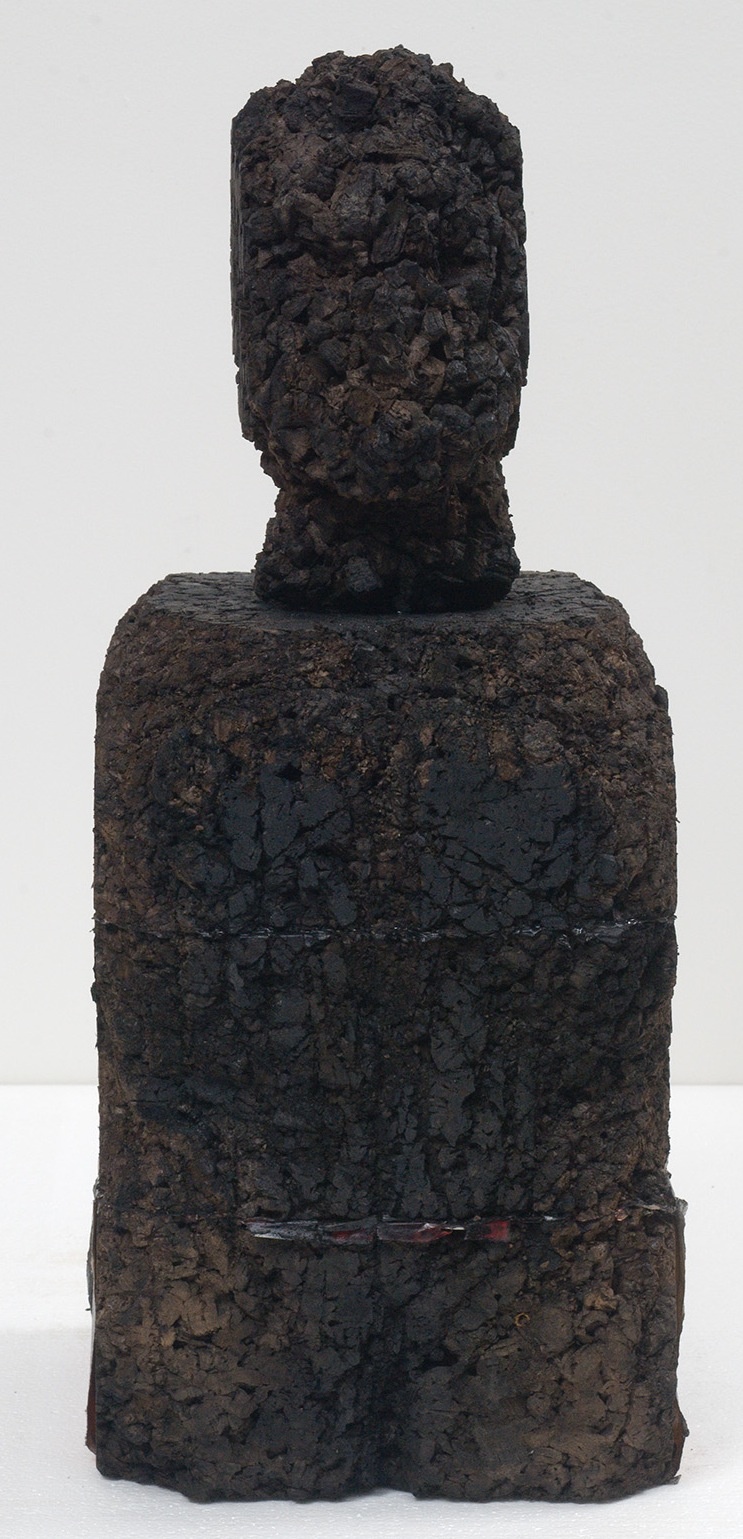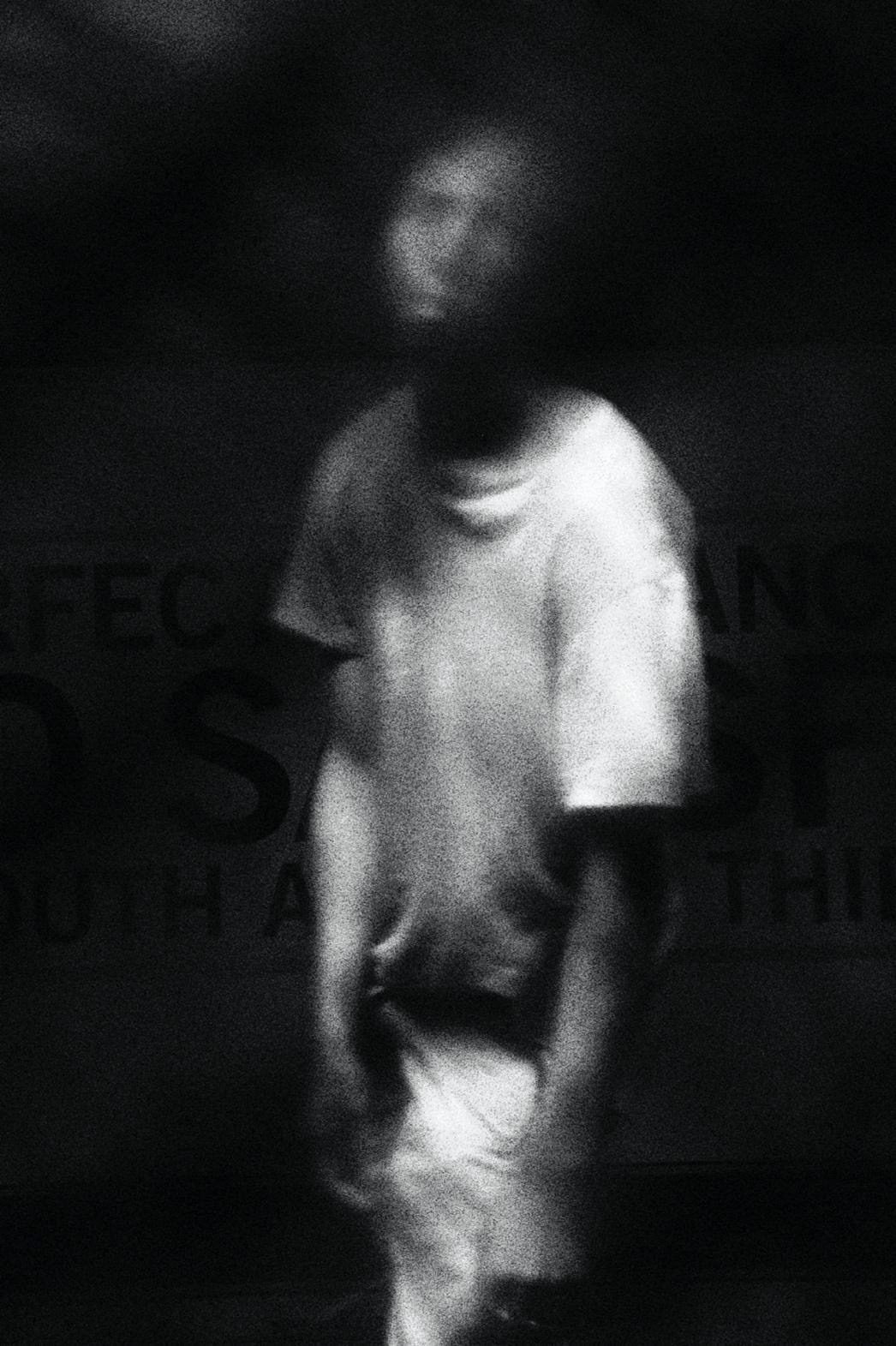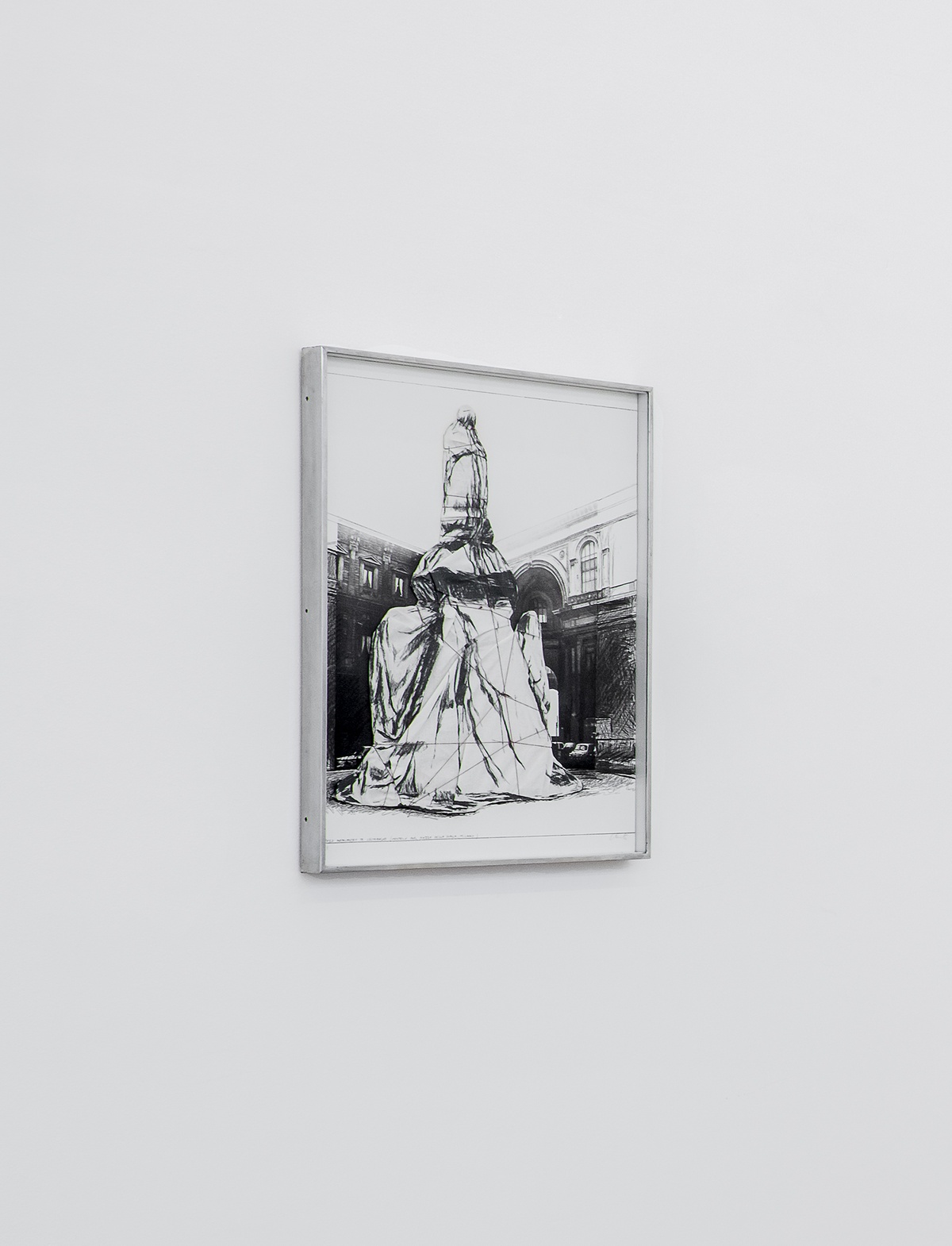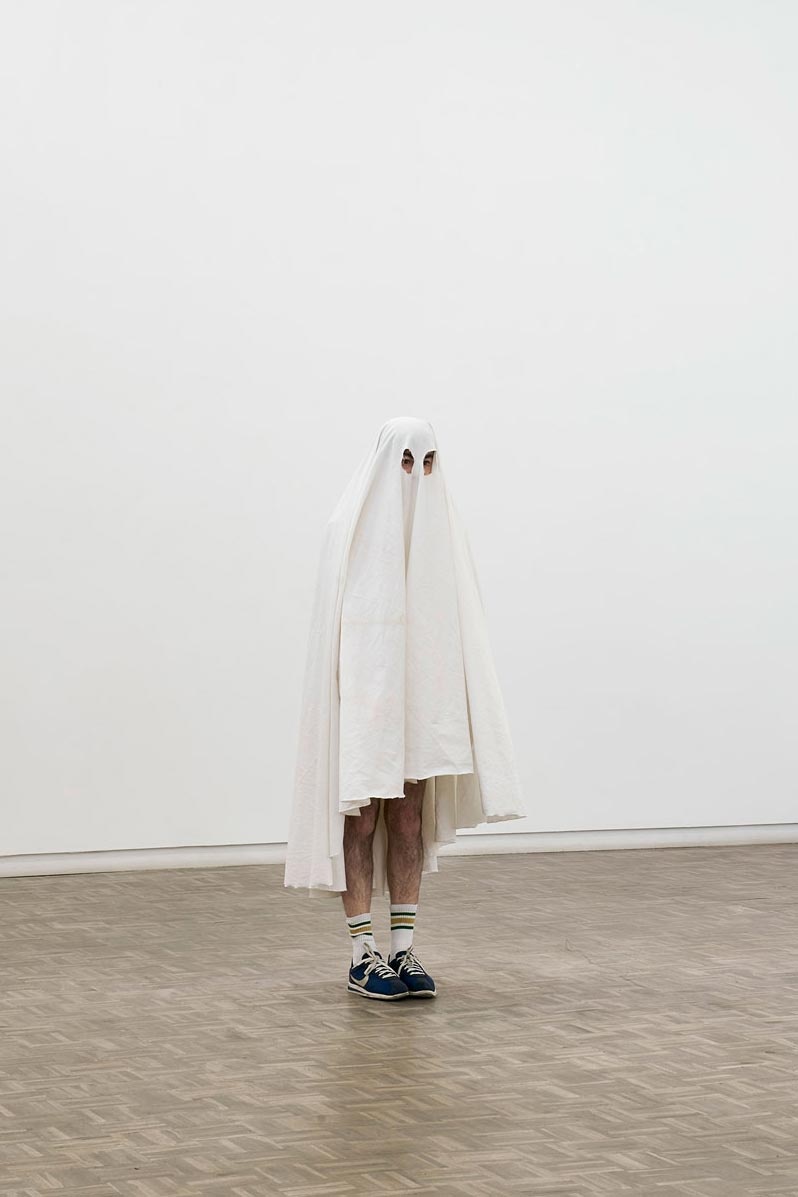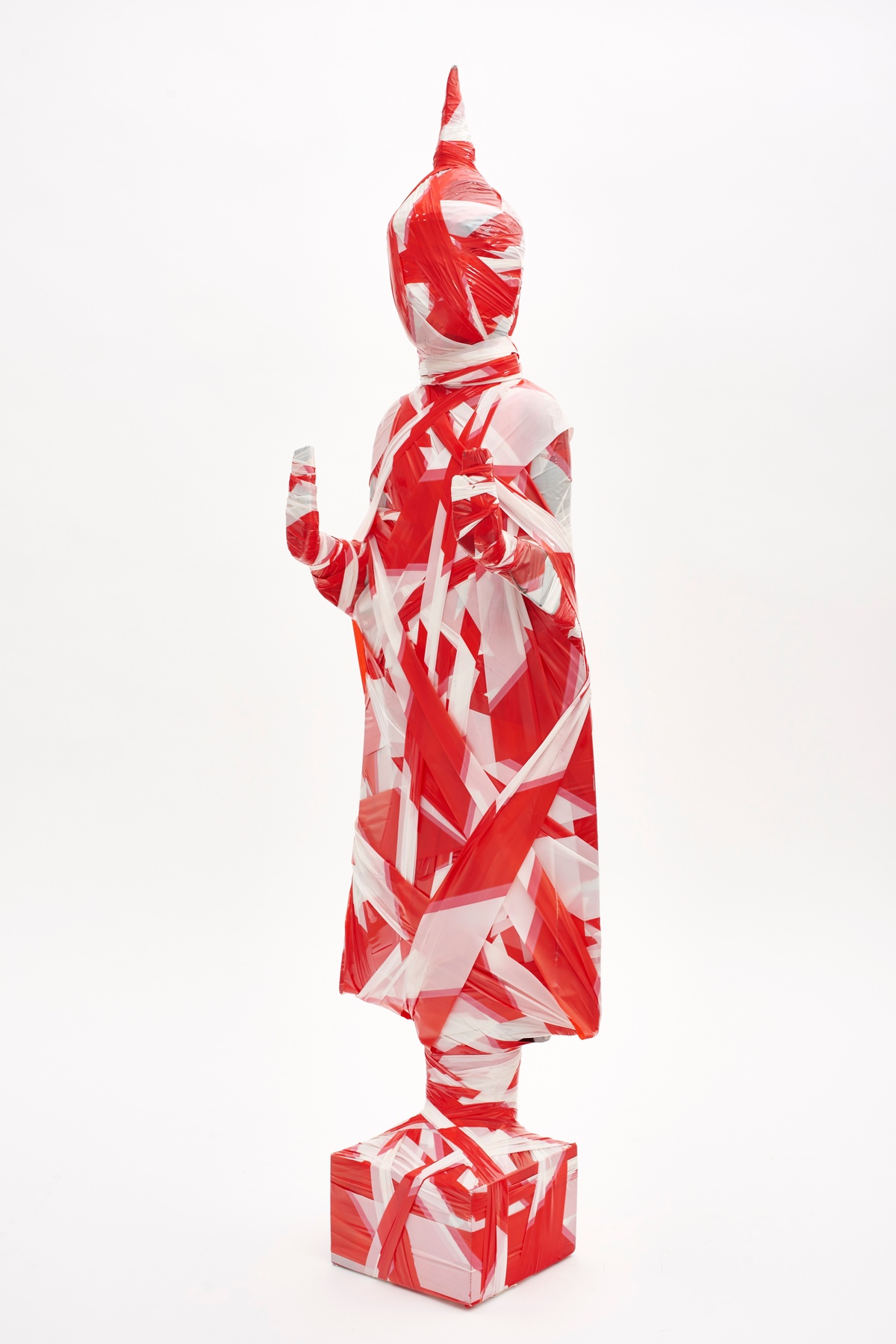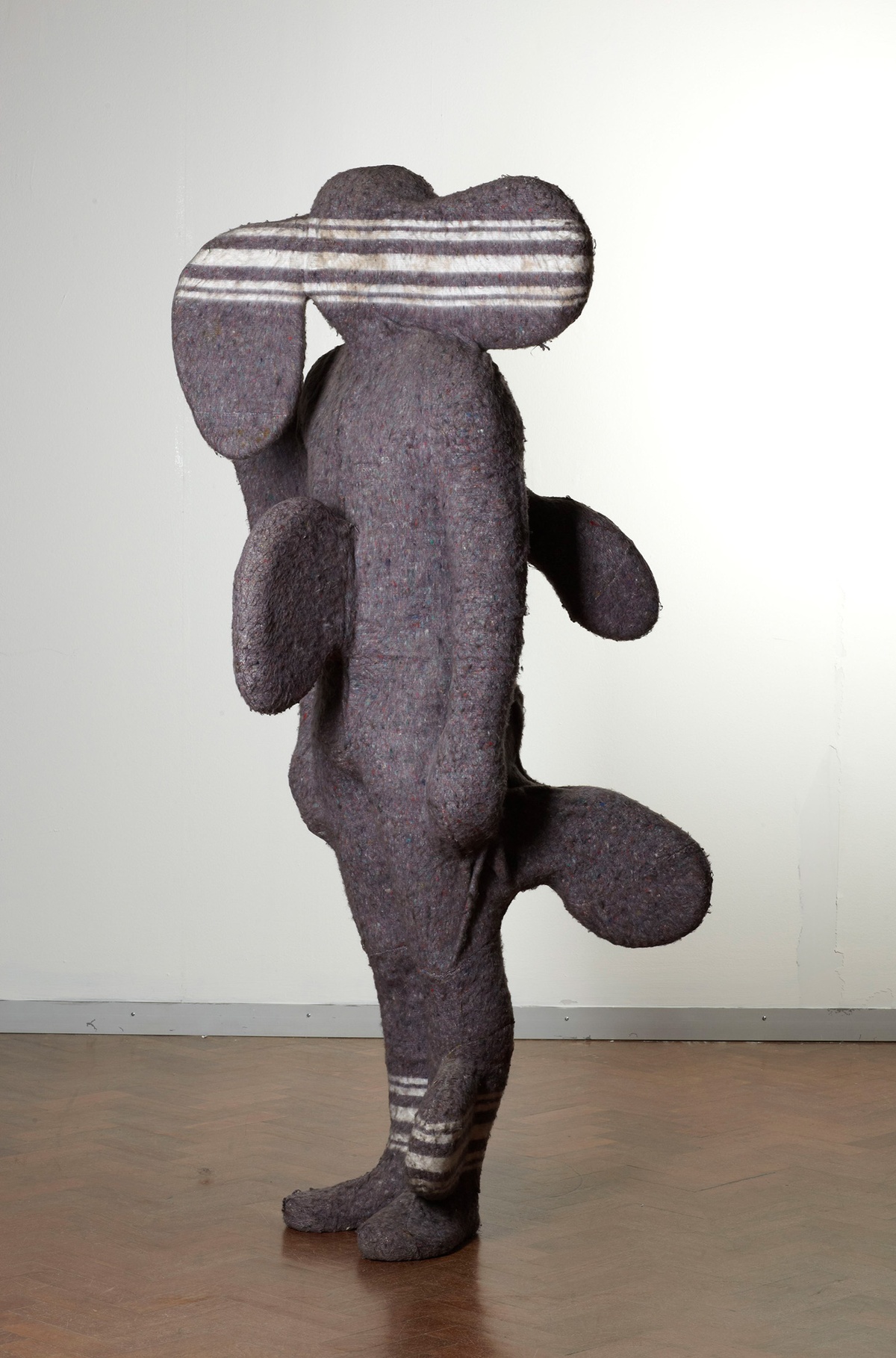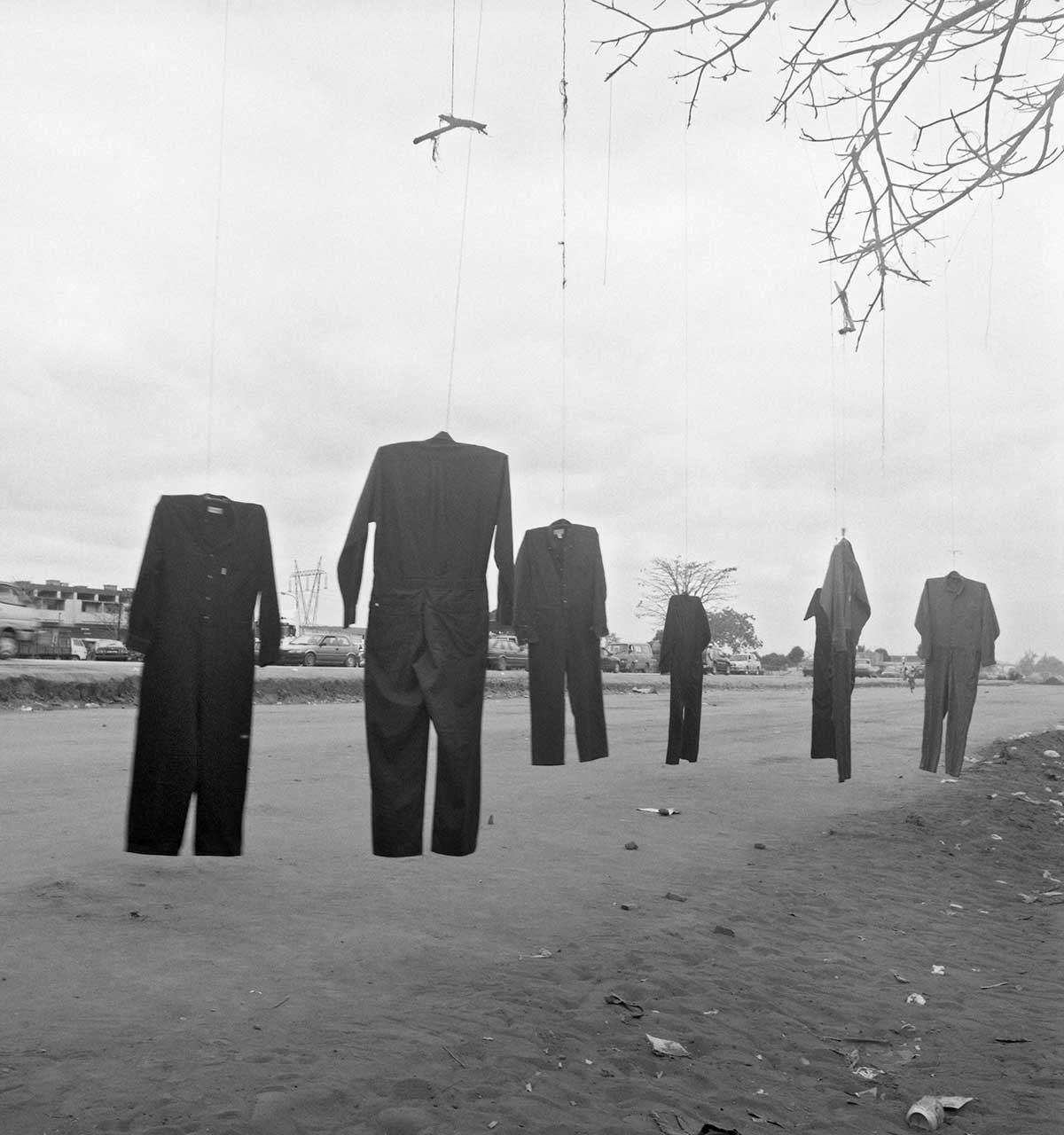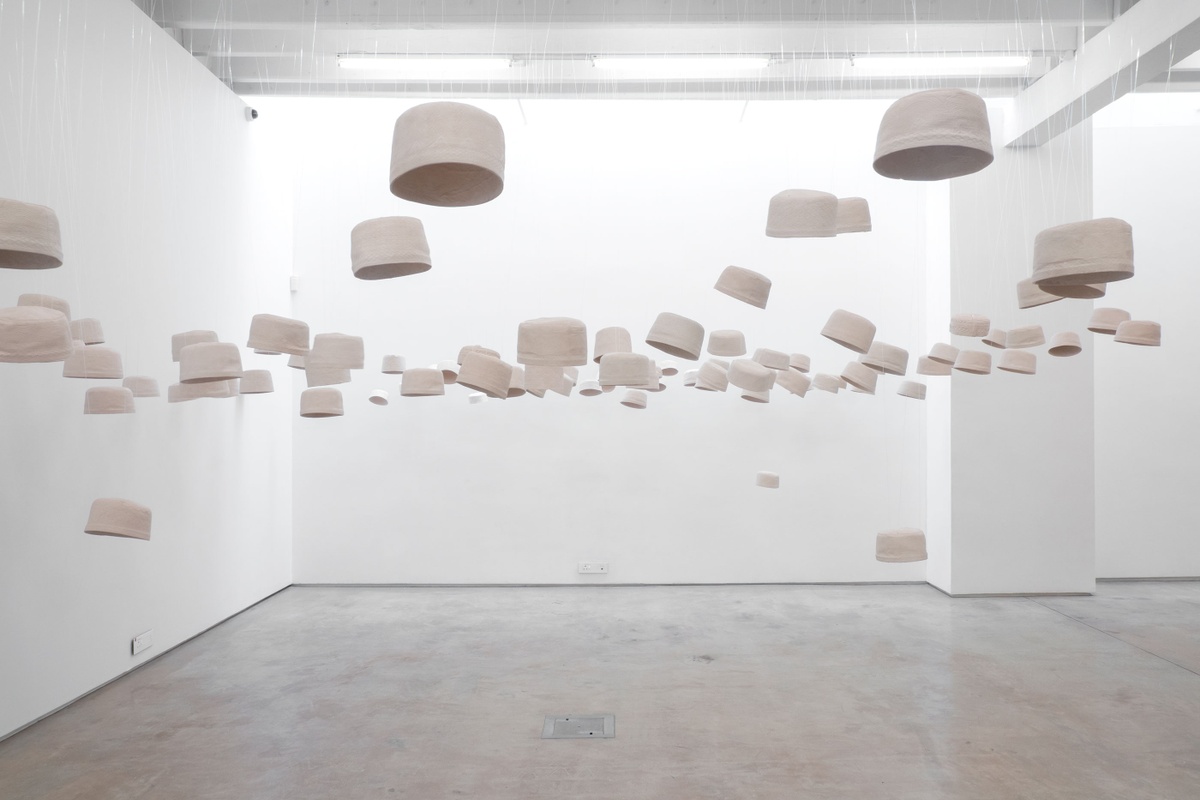Kevin Beasley
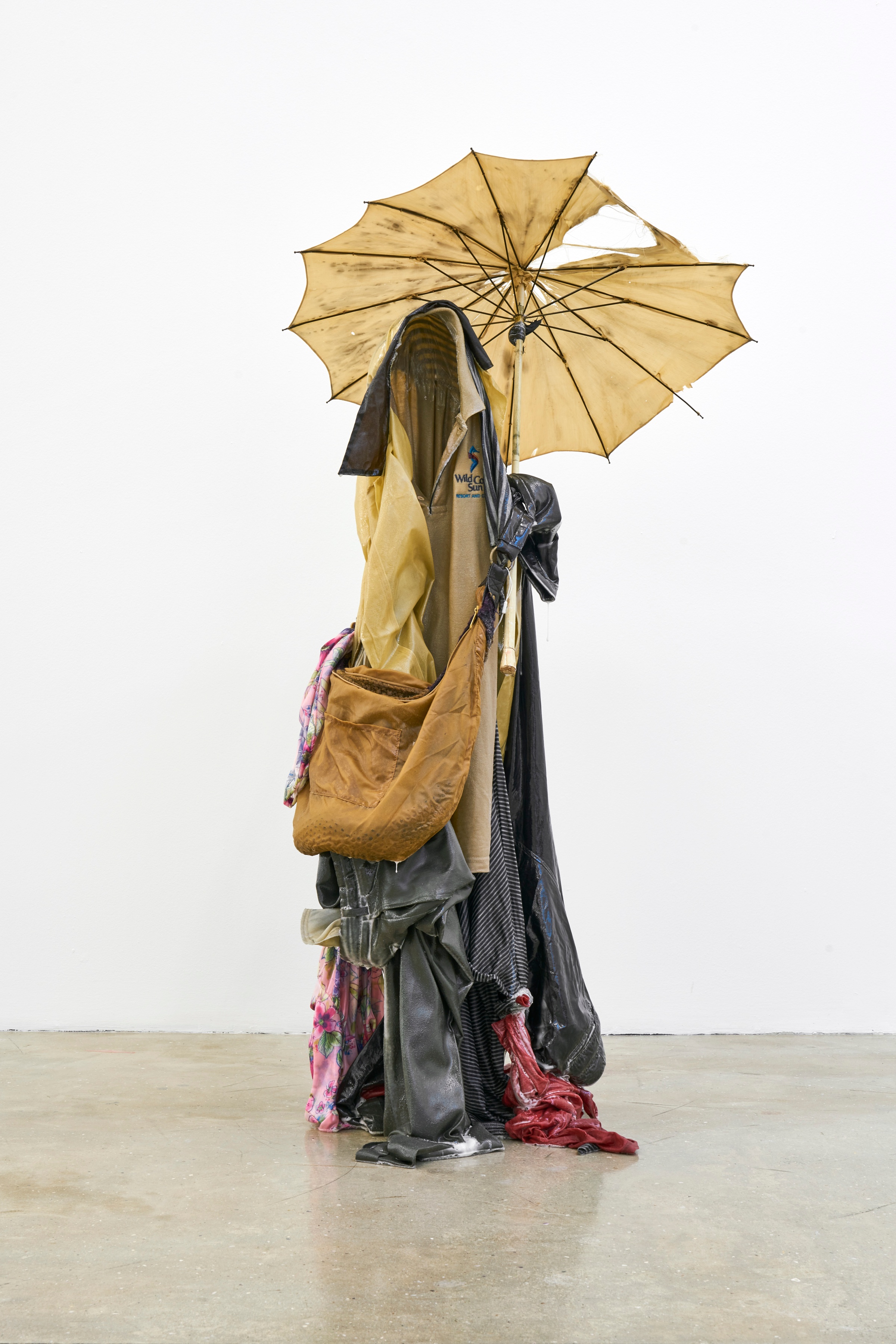
This work was made during Kevin Beasley’s month-long residency in A4’s Gallery and included in without a clear discernible image. Extending the artist’s lasting preoccupation with the politics of cotton to a Southern African context, the sculptures, works on paper, photographs and audio installation that comprised the exhibition were materially located in A4's immediate neighbourhood, their compositional parts (found objects, sounds, images, impressions) sourced from the city.
b.1985, Lynchburg
Kevin Beasley is preoccupied, above all, with provenance, with the inheritance of found objects, scenes and sounds. Caught between the legible and the obscure, his work blurs the divide between objecthood and personhood, gestures always to the trace of the body, and asks what cultural fragments might suggest about lives and living. His conceptual and material fulcrum is cotton, the history of cotton and everything it has come to represent in black American culture as a symbol of labour and oppression. “Cotton, it takes me everywhere,” Beasley says. “Politics, social relationships you have, you think about economics…reparations. It all just unfolds.” That his home state of Virginia was built on cotton and slave labour, and that the plant continues to grow on his family farm, invites a fraught familiarity into his work. Working with the social fabric of clothing, Beasley explores not only the past but aspirations for the future as reflected in society’s objects.
Beasley was artist in residence at A4 Arts Foundation in January 2020. During his time at the foundation, he transformed the Gallery into a studio and produced an exhibition on-site, without a clear discernible image (February 6–April 30, 2020).
